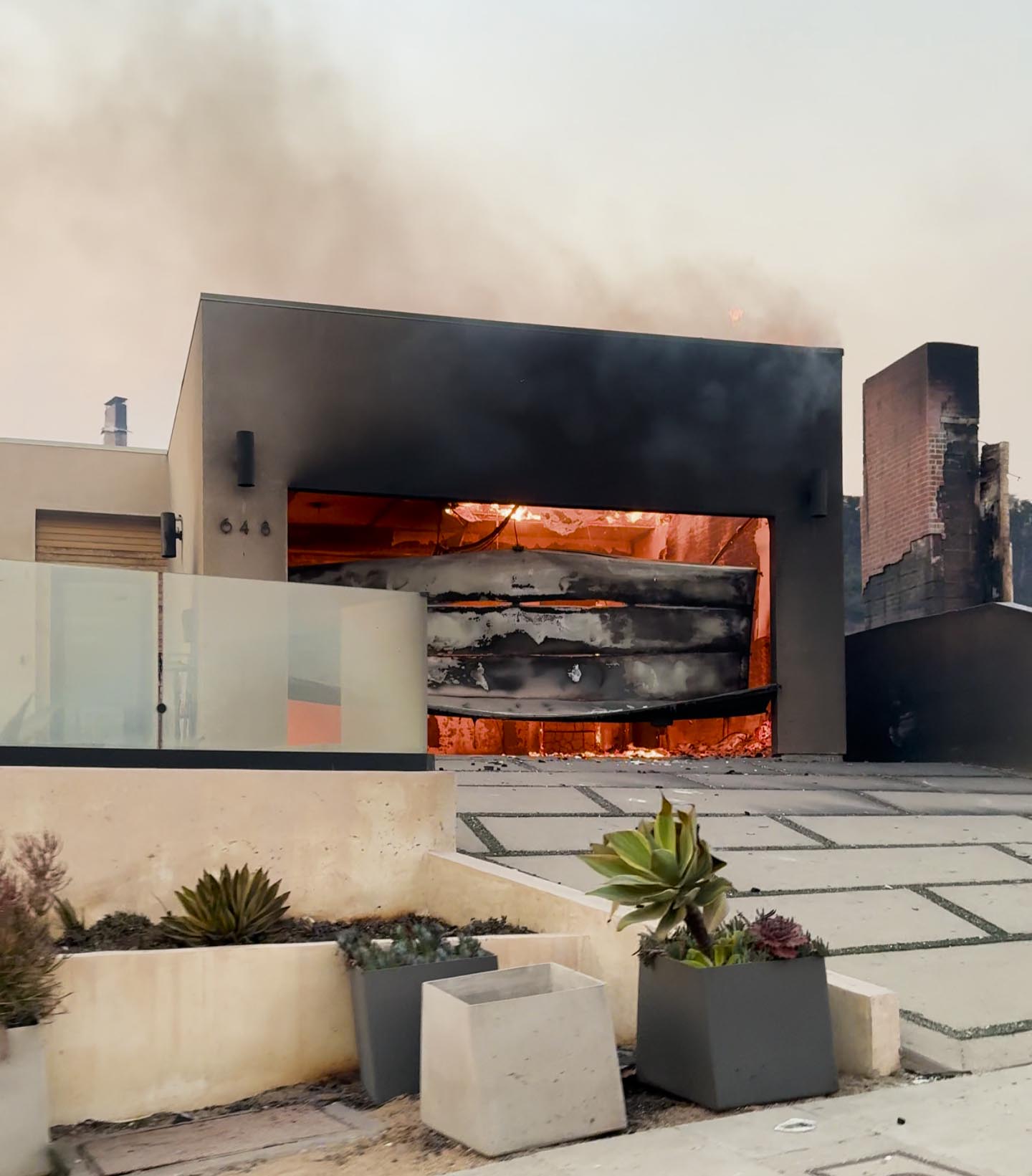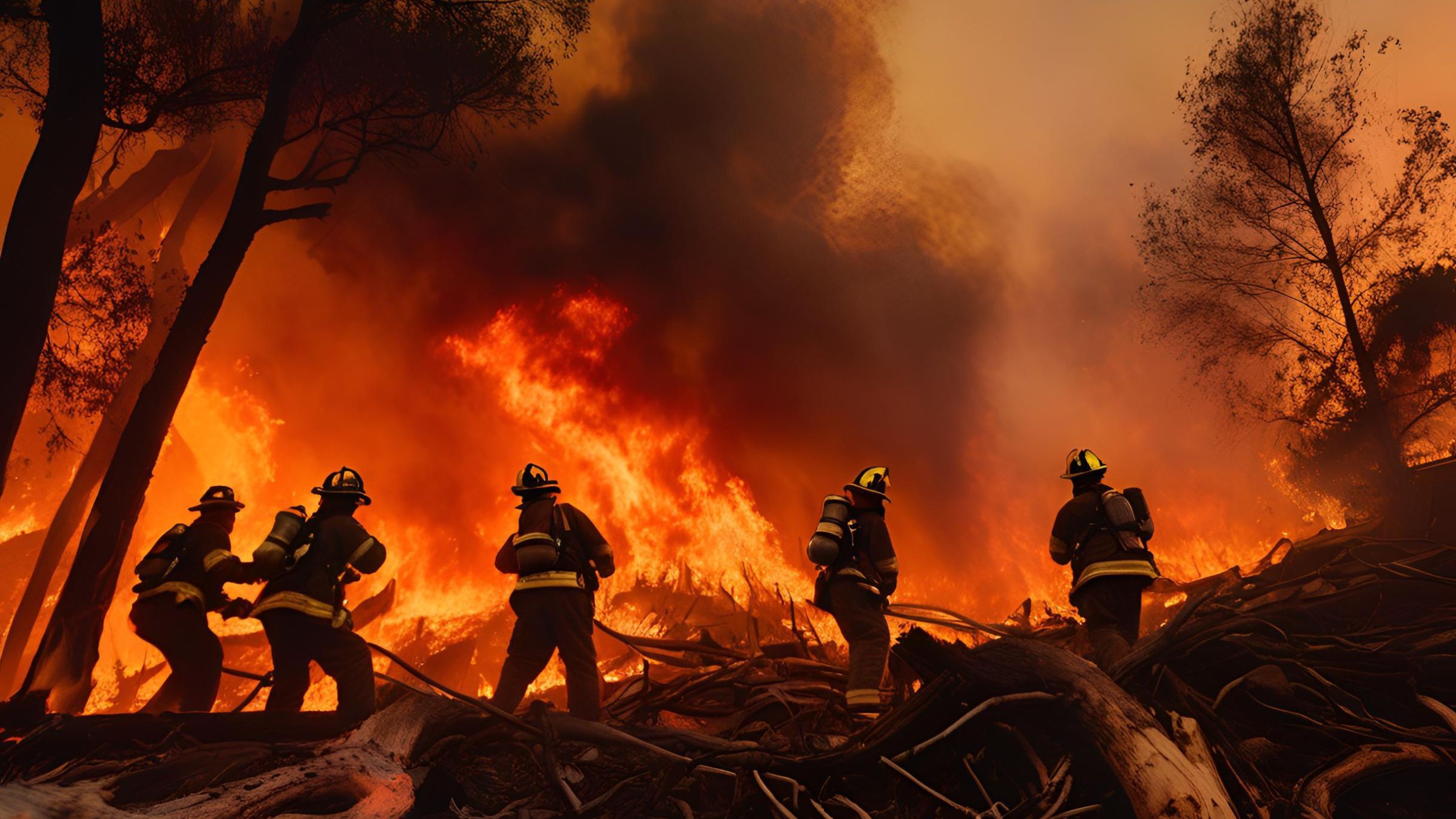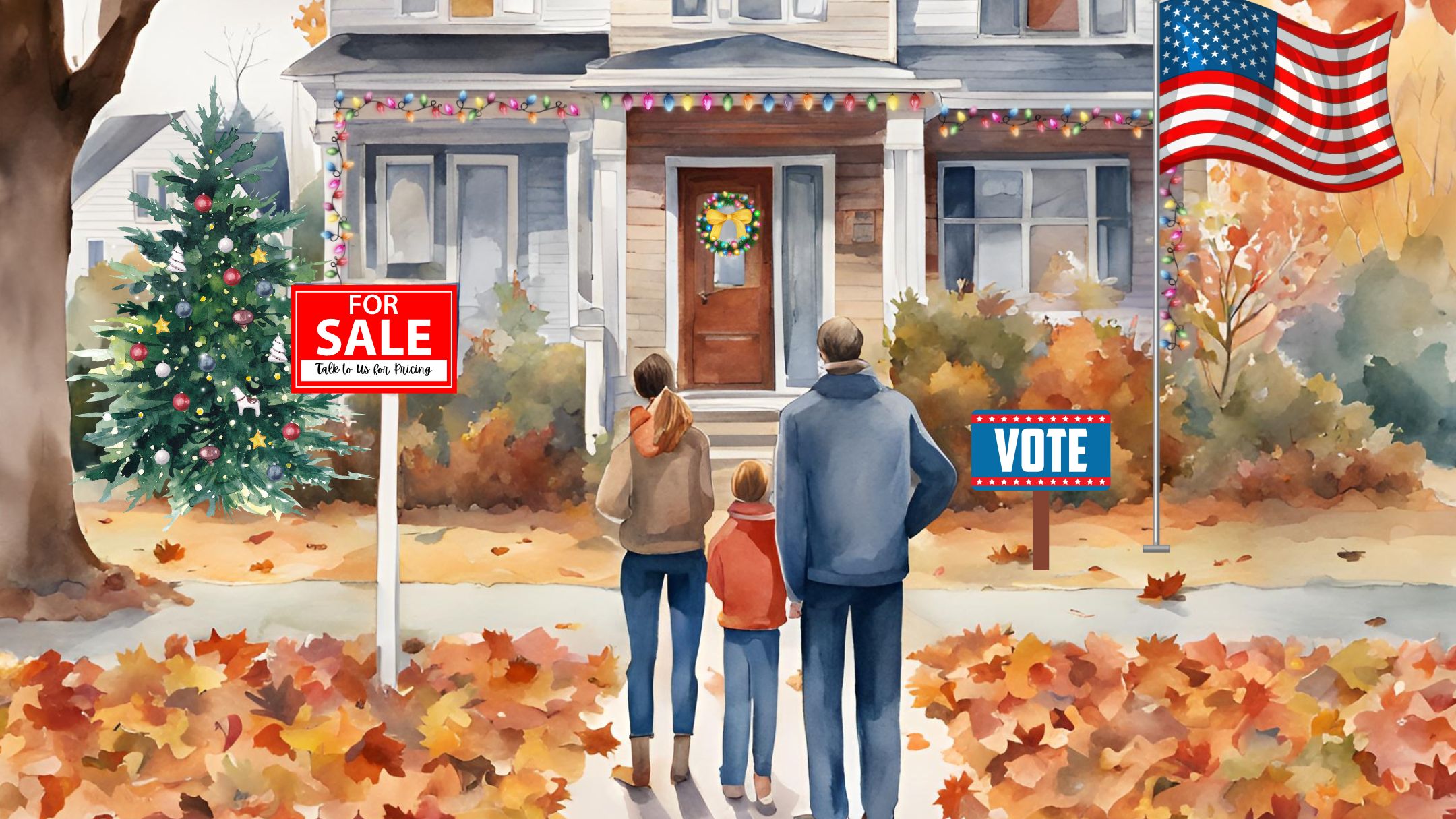There is a seductive element in feeling that one can easily get an estimate of the value of any house in just a minute or so online. All it takes is to enter the property address – no personal information is required to use the sites.
What My Home Worth Really?
They had assumed that Zillow would be the most reliable because they heard so much about it, and it estimated $5 million. Yet Realtor.com suggested a value of $3 million and Redfin.com estimated $7 million. Another came up with $4.5 million.
Online home evaluation sites do provide some useful information and tools. However, their estimates of value are more often than not unacceptably off the mark.
For another example, realtor.com recently estimated a particular house in Pacific Palisades had a value of $3,109,000. Zillow.com suggested a value of $6,984,000 for the same house. Of course, these sites also give a potential wide-range of value to be on the safe side. My own valuation of this home, after having done the research and visiting the property, was $4,800,000. Ultimately, it did sell for more than $4,500,000.
The potential magnitude of an error on many of these estimates is obviously quite high, even though their computer-generated models have improved over the last year or so. Most of the inaccuracies cannot possibly be avoided excepting in neighborhoods where there are a large number of very similar homes and lots, with enough recent sales to assure a homogenous set of data, although this is usually not the case in the Palisades.
Online Pricing is Seductive
People using online home evaluation sites to try to determine property value either for selling or buying a home need to understand the limitations of these systems. Though it is seductively easy to get an estimate of the value of any home in the country in just a few seconds online, the automated valuation models (AVMs) rely on data gathered from various sources and often provide shockingly inaccurate numbers.
While a variance of perhaps 6-8% would be acceptable, I have seen variances in Pacific Palisades ranging from 10-30%, and even on the same day!
Zillow’s Great Irony
It was ironic that when the CEO of Zillow sold his own Seattle home earlier this year at $1.05 million it was 40% less than the Z-estimate Zillow had. Zillow’s Chief Analytics Officer was quoted as saying, “The fact is that we missed and there are empirical reasons we missed – that’s a great conversation that real estate agents should have” with consumers.
He cited the property’s irregular lot and location on a busy road as partly responsible for the inaccuracy. Zillow’s Senior Economist added that this example shows “the classic luxury homes problem”. She noted that Zillow and other AVMs cannot take into account “non-quantifiable facts” such as layout design or lighting, and that these facts can have much more of an effect on the values of luxury homes than less expensive properties.
What Does Zestimate Miss?
Some of the factors that contribute to the inaccuracies are that these sites do not reflect differential values of views, home condition, traffic sound impacts, or improvements (both minor and major). Online systems also cannot modify value estimate differences due to the size of the usable yard or impact of adjacent homes that may have either much more or less value.
Perhaps the greatest cause of inaccuracies is due to database errors regarding the size of a home. For example, it is not uncommon for an older home to be expanded and remodeled after many years. If the online database used does not correctly reflect the new square footage, the calculations generated are inherently flawed and result in an under-evaluation of the subject property.
Another common source of errors in these quick estimates is that the computer model has no way to differentiate homes in nearby areas that may contain properties of a significantly higher value in general. Also, sales are often included in the analysis that are more than a year old, and thus are out-dated.
Naturally, there are some benefits of these online sites even though their evaluations can be quite unreliable. For example, they provide a way to get an overall impression of a neighborhood using aerial and, in some cases, street-level interactive photography. This enables the viewer to get a sense of spacing between lots and general area aesthetics.
Of course, there are many other things an AVM cannot take into consideration that could significantly impact value:
- Whether there actually is a house on the lot, or what condition it is in.
- The size and usability of the property; is it flat or on a hill?
- If the house square footage is actually known, or if it has been added onto.
- Any special features could add to or subtract from the value, such as panoramic views versus an unsightly neighboring property.
- Whether it is on or near a high-trafficked street, or on a quiet cul-de-sac.
What to Consider when Using AVMs
In most areas of the country the AVM models might be adequate for a rough approximation of theoretical market value, and often are used by buyers and sellers to come to a conclusion they then base decisions on. In areas where the average prices are well above $1 million, however, the most accurate way to value property is to have an experienced local real estate agent put together a Comparative Market Analysis (CMA).
An agent who is familiar with many homes in the area may be able to analyze as an appraiser would. Moreover, the agent can include experience and judgment about the value of some features as well as current market conditions in that neighborhood. In an area like Pacific Palisades where homes average price is about $3 million, this could gain a seller or save a buyer as much as $200,000-600,000.




